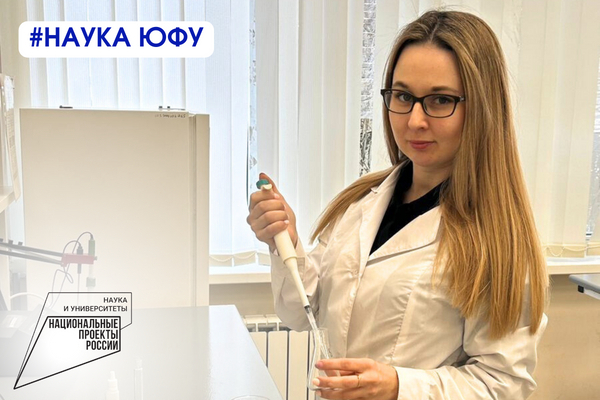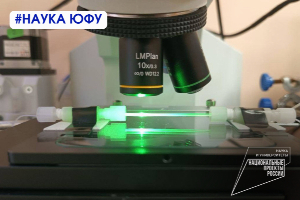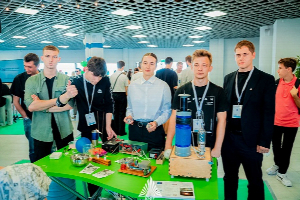
Scientists of the D.I. Ivanovsky Academy of Biology and Biotechnology of the Southern Federal University within the framework of the scientific project "Assessment of platinum ecotoxicity by biological indicators of soil condition" of the Russian Scientific Foundation No. 22-74-00080 have identified the potential danger of platinum nanoparticles.
Nanotechnology has made tremendous progress in recent decades and continues to develop actively. Currently, the number of industries that widely use platinum nanoparticles (PtNPs) is constantly growing, which leads to increased concentrations of this rare metal in environmental objects. The most important application area of Pt, mainly in the form of nanoparticles, is the automotive industry.
Due to their unique catalytic activity, TNCs are the most commonly used catalytic metals in automotive neutralizers. Automotive catalysts have become the main source of anthropogenic pollution of the Pt environment, mostly in the form of nanoparticles. During the operation of vehicles, TNF enters roadside dust, soil and plants.
"With the growth of technology, the risk of possible negative consequences of environmental pollution, primarily soil, with platinum has also increased. The results obtained confirm the need for further research, since, as studies have shown, even such small concentrations as 0.01 mg/kg of platinum in the soil already cause a violation of the ecological functions of the soil," says the project leader, a leading researcher at the D.I. Ivanovsky Academy of Biology and Biotechnology of the Southern Federal University, Candidate of Biological Sciences Alena Tymoshenko.
Despite the high concern around the world due to the effects of platinum nanoparticles entering the environment, there is not enough research on this problem.

The scientific team of the Southern Federal University, led by the Candidate of Biological Sciences of the Academy of Biology and Biotechnology of the Southern Federal University Alena Timoshenko, for the first time revealed the dependence of the ecotoxicity of platinum nanoparticles on factors such as concentration in the soil, the time from the moment of contamination, and soil type.
Scientists have given a comparative assessment of the ecotoxicity of platinum nanoparticles on a wide range of the most sensitive and informative indicators of soil condition and functioning, primarily biological indicators, as the most sensitive to pollution.
During the implementation of the project, the dependence of platinum ecotoxicity on soil properties such as environmental reaction, granulometric composition, organic matter content, carbonate content, etc. was revealed.
For the first time, according to the original author's methodology of Sergey Ilyich Kolesnikov, Professor, Doctor of Agricultural Sciences, Head of the Department of Ecology and Environmental Management of the Academy of Biology and Biotechnology of the Southern Federal University, differences in the patterns and mechanisms of platinum's influence on the ecosystem functions of soils were established: biological, chemical, physical, holistic and many others – according to the integral indicator of the biological state (IPBS) of the soil. Also, for the first time, a comparative assessment of the effect of platinum pollution on agricultural soil functions was given in terms of soil phytotoxicity.
"In the future, we plan to continue researching the toxicity of platinum not only in the form of nanoparticles, but also in the form of chlorides and oxides. Until recently, platinum was not of scientific interest, it did not cause concern related to the consequences of entering the environment," Alyona Tymoshenko shared.
Thus, the results obtained, published in the journal Eurasian Soil Science, are an important step in the study of the ecotoxicity of platinum nanoparticles.
Short link to this page sfedu.ru/news/75285




